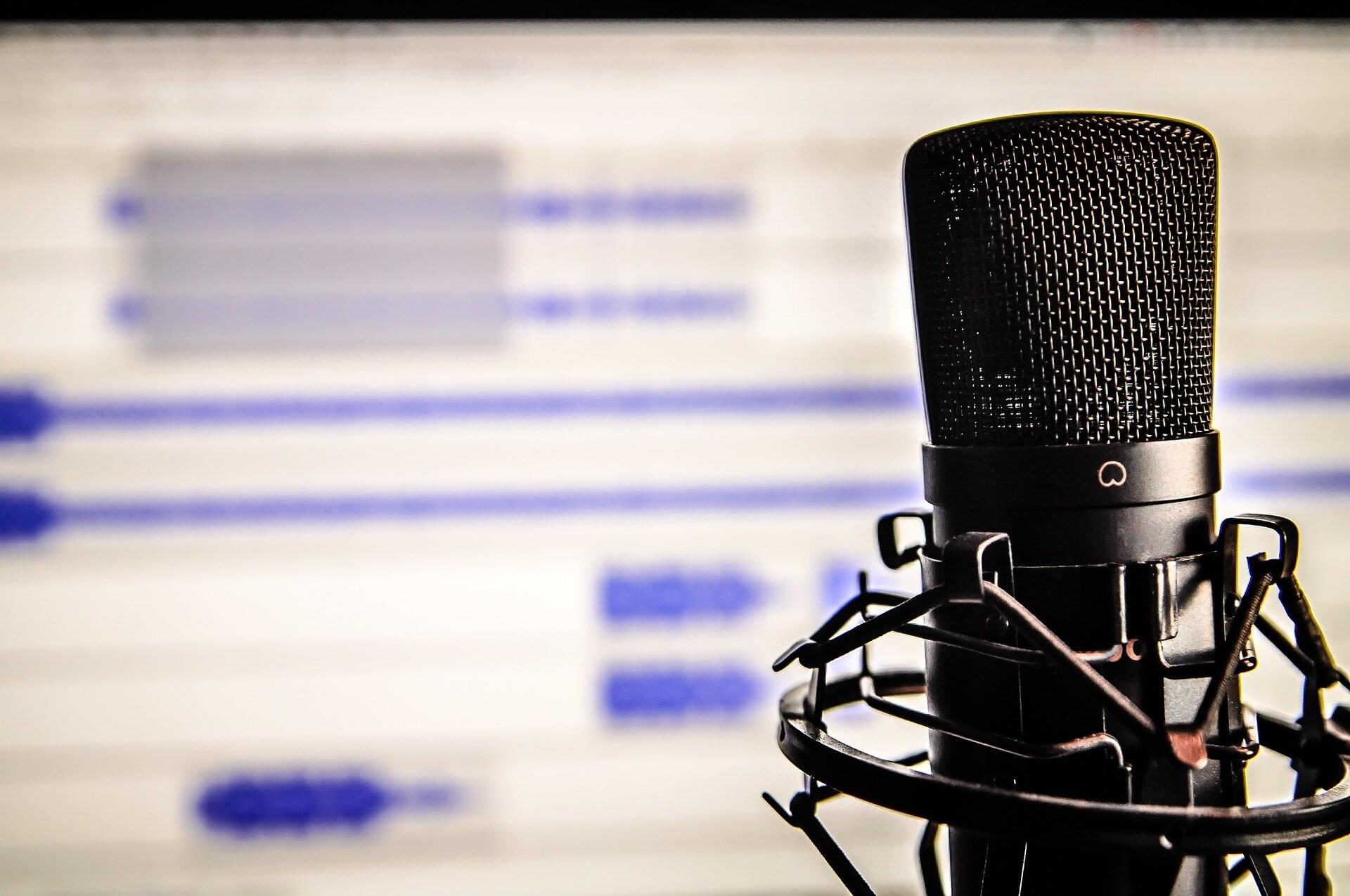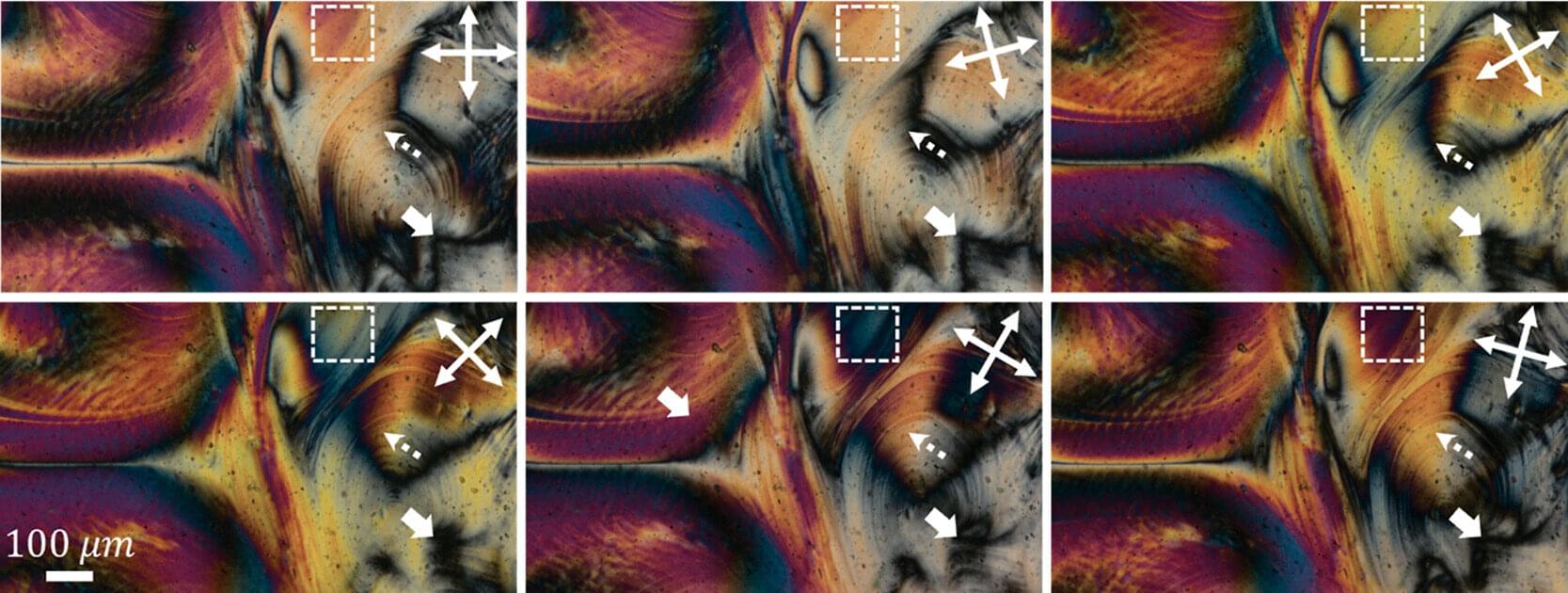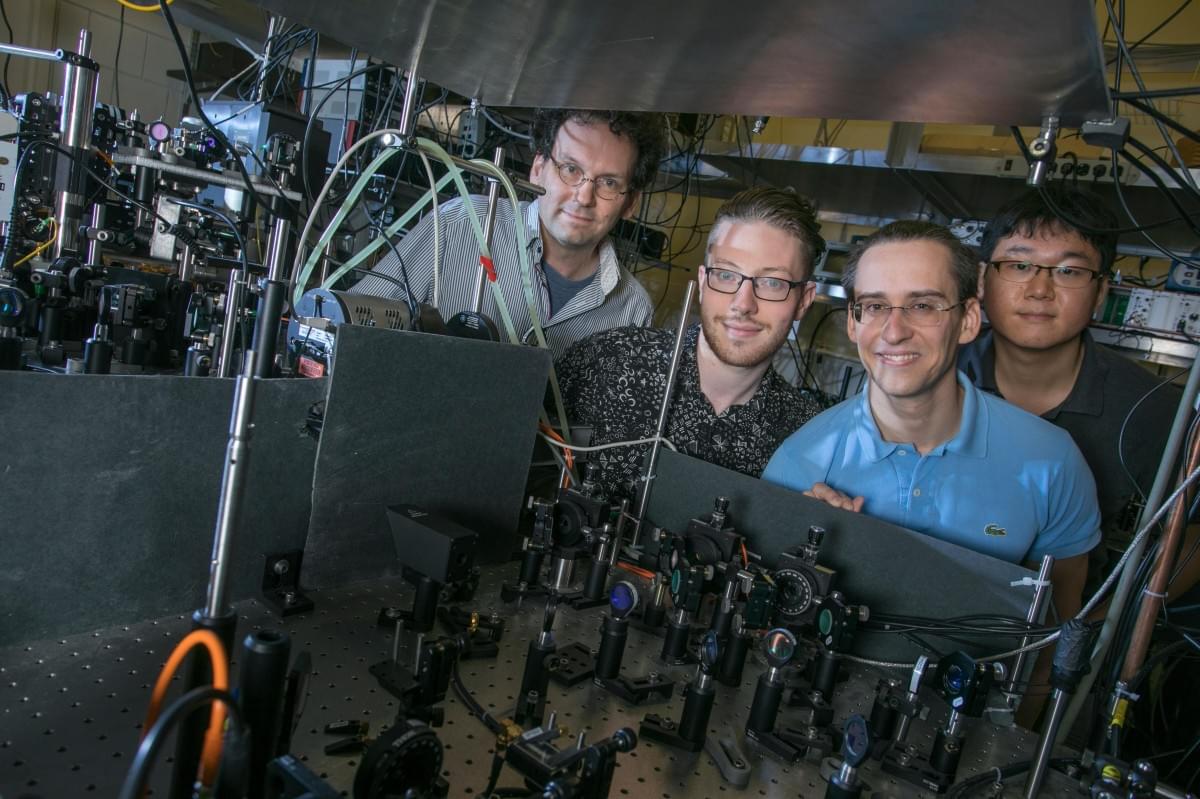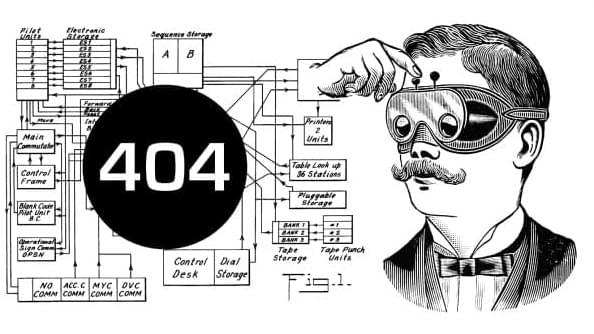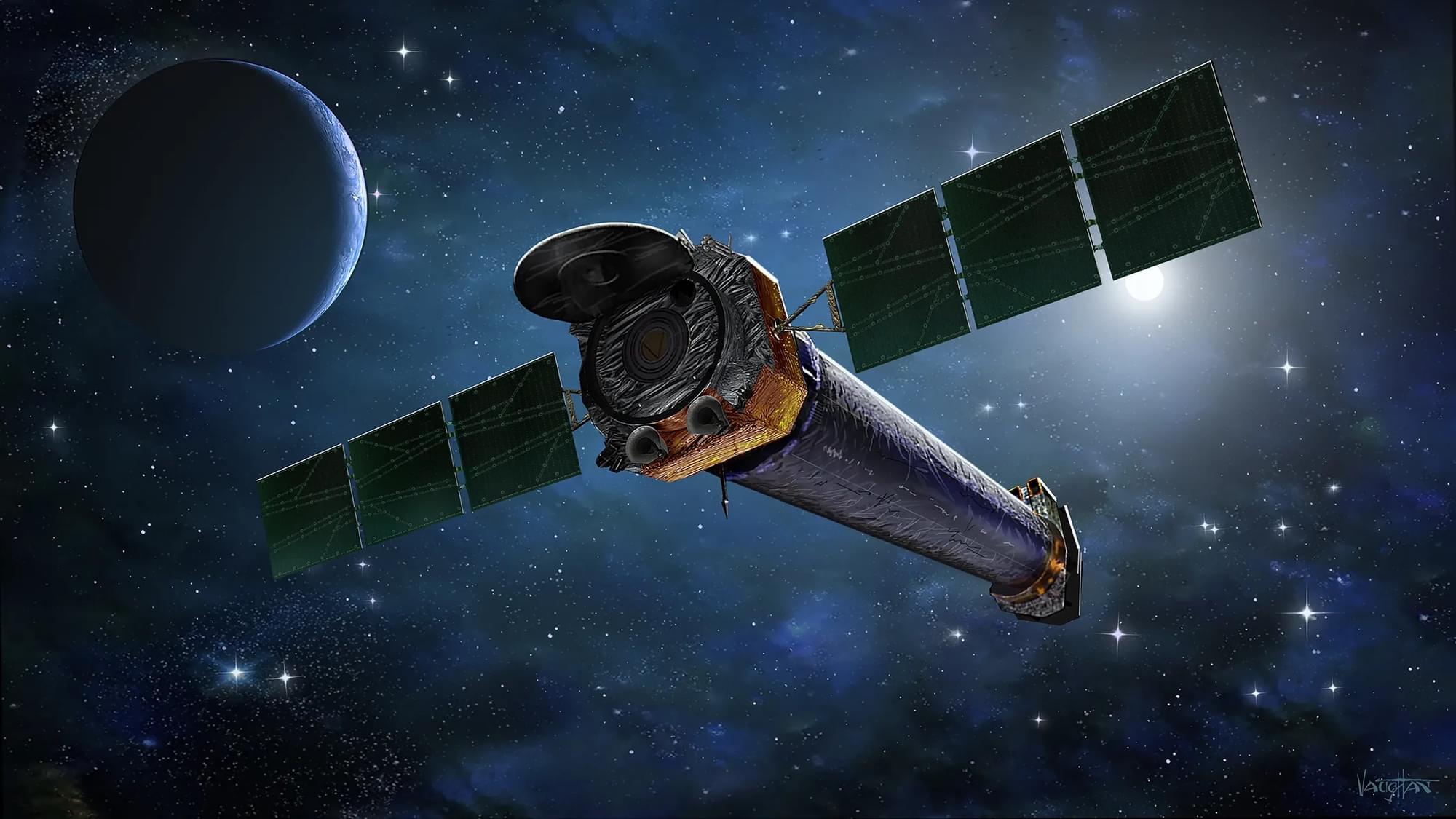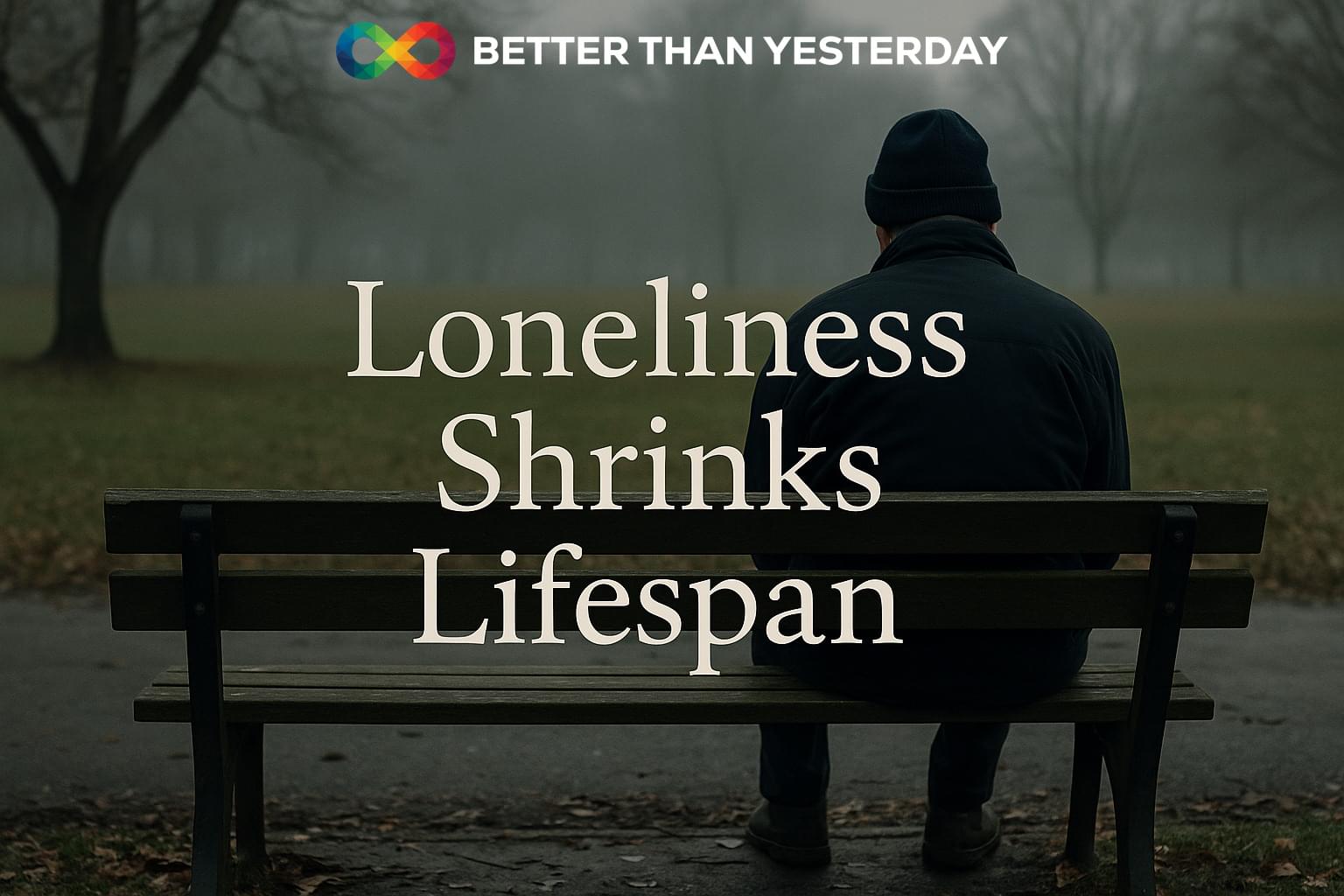The first study to use artificial intelligence (AI) technology to generate podcasts about research published in scientific papers has shown the results were so good that half of the papers’ authors thought the podcasters were human.
In research published in the European Journal of Cardiovascular Nursing (EJCN), researchers led by Professor Philip Moons from the University of Leuven, Belgium, used Google NotebookLM, a personalized AI research assistant created by Google Labs, to make podcasts explaining research published recently in the EJCN.
Prof. Moons, who also presented the findings at the Association of Cardiovascular Nursing and Allied Professions (ACNAP) conference in Sophia Antipolis, France, said, In September 2024, Google launched a new feature in NotebookLM that enables users to make AI-generated podcasts. It made me think about how it could be used by researchers and editors.
